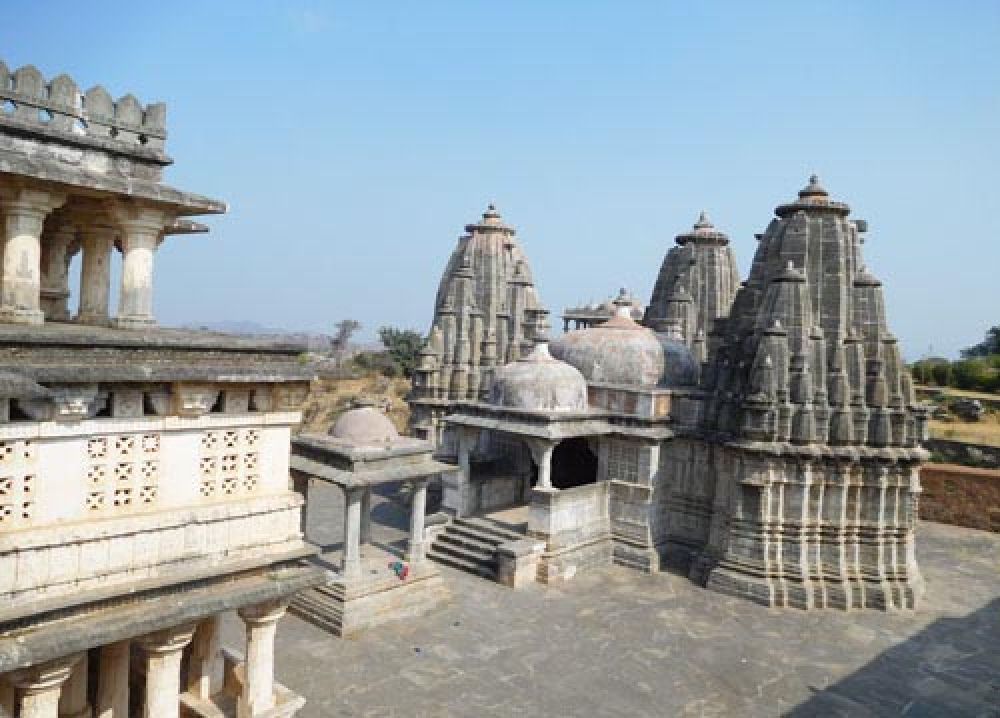

Kumbhalgarh, a fortress in the Rajsamand district of Rajasthan, India, is an awe-inspiring historical site that boasts the second-longest wall in the world, after the Great Wall of China. The region has a profound historical significance, and it is within this context that the Ganesh Temple stands out as a beacon of spirituality and ancient architecture.
The Ganesh Temple at Kumbhalgarh is a divine edifice that dates back to the 15th century. It was built during the reign of Rana Kumbha, the ruler of Mewar, who was also responsible for the construction of the formidable Kumbhalgarh Fort. The temple is dedicated to Lord Ganesha, the elephant-headed god of wisdom and new beginnings. This temple attracts thousands of pilgrims every year, especially during the auspicious days of the Ganesh Chaturthi festival.
Tourism in Kumbhalgarh has evolved significantly over the years. Initially, the region was primarily known for its strategic military importance and the Kumbhalgarh Fort. However, as awareness of India's rich cultural heritage grew, Kumbhalgarh started gaining prominence as a historical and cultural destination. The inclusion of Kumbhalgarh Fort and its vicinity into the UNESCO World Heritage Site list as part of the Hill Forts of Rajasthan further spurred interest among international and domestic travelers.
In the past few decades, the Rajasthan government and the Indian tourism industry have undertaken numerous initiatives to develop infrastructure, promote conservation and boost sustainable tourism practices in Kumbhalgarh. This has included improving access roads, creating eco-friendly accommodations, and enhancing the visitor experience with light and sound shows narrating the history of the fort.
The latest trends in tourism for Kumbhalgarh include experiential travel and immersive cultural experiences. Visitors are increasingly interested in not only witnessing the historical sites but also engaging with the local communities and understanding their traditions and way of life.
Another emerging trend is the rise of eco-tourism, where travelers are keen on staying in properties that promote sustainability and minimize their impact on the natural environment surrounding Kumbhalgarh. The conservation efforts for wildlife sanctuaries, such as the Kumbhalgarh Wildlife Sanctuary, have also attracted nature lovers and wildlife enthusiasts to the area.
Moreover, adventure tourism has taken off, with tourists engaging in trekking expeditions along the walls of the fort and exploring the rugged landscape of the Aravalli Range. The combination of history, culture, nature, and adventure makes Kumbhalgarh an appealing destination for a wide array of tourists.
The past and present come together beautifully at the Ganesh Temple Kumbhalgarh, offering visitors a slice of India's rich tapestry of belief and architecture. As tourism trends evolve, Kumbhalgarh continues to maintain its charm and appeal, while adapting to the preferences of modern-day travelers.
If you plan to visit, make sure to respect the sacred atmosphere of the Ganesh Temple and the historical integrity of the Kumbhalgarh fort complex. Enjoy the majestic views and take a deep dive into the history and culture that make Kumbhalgarh a memorable and enchanting destination.